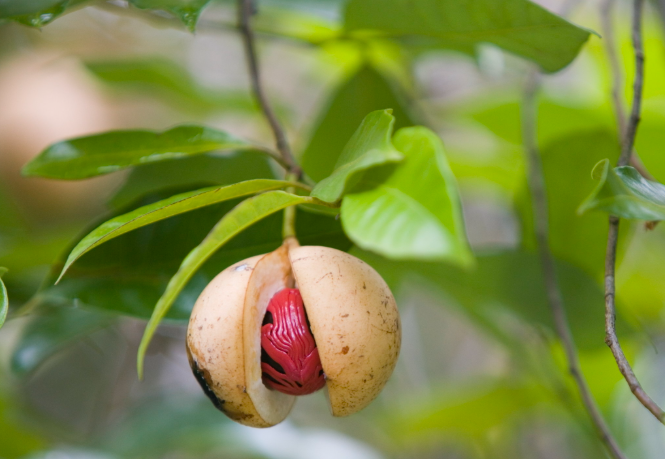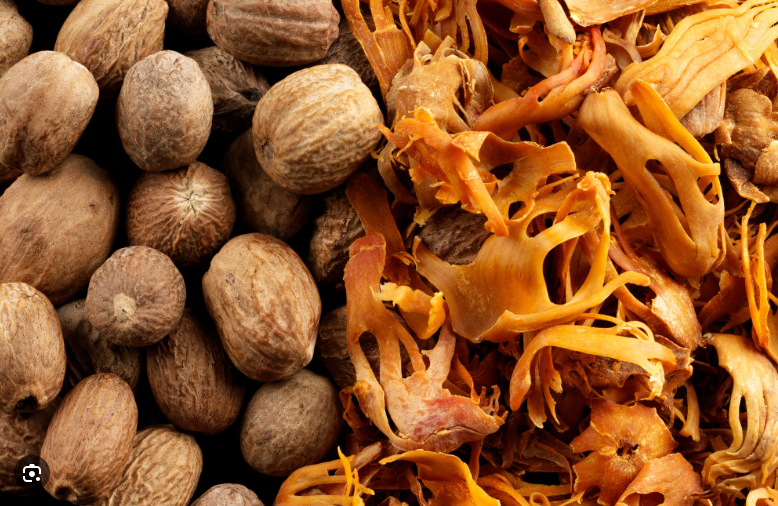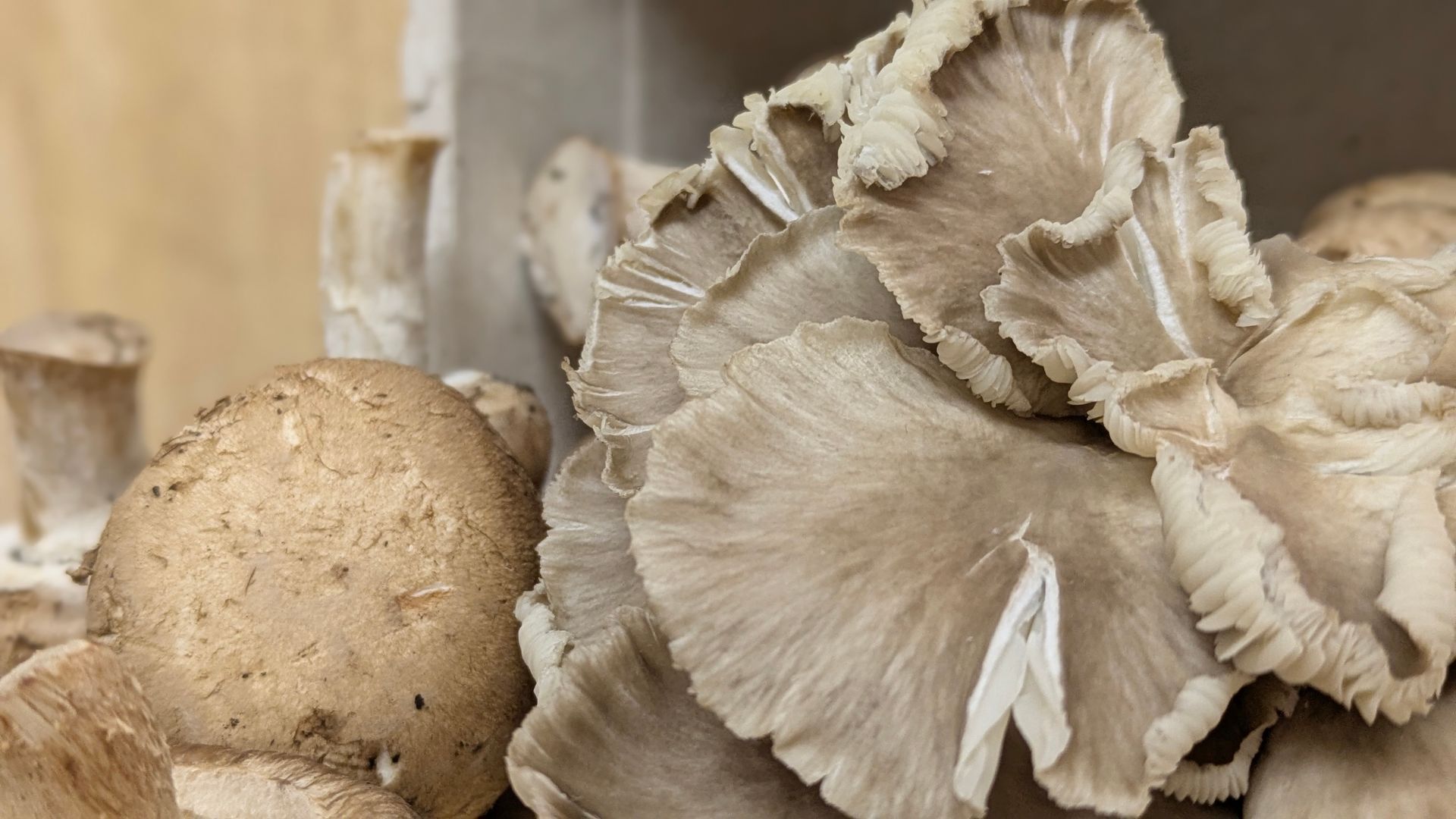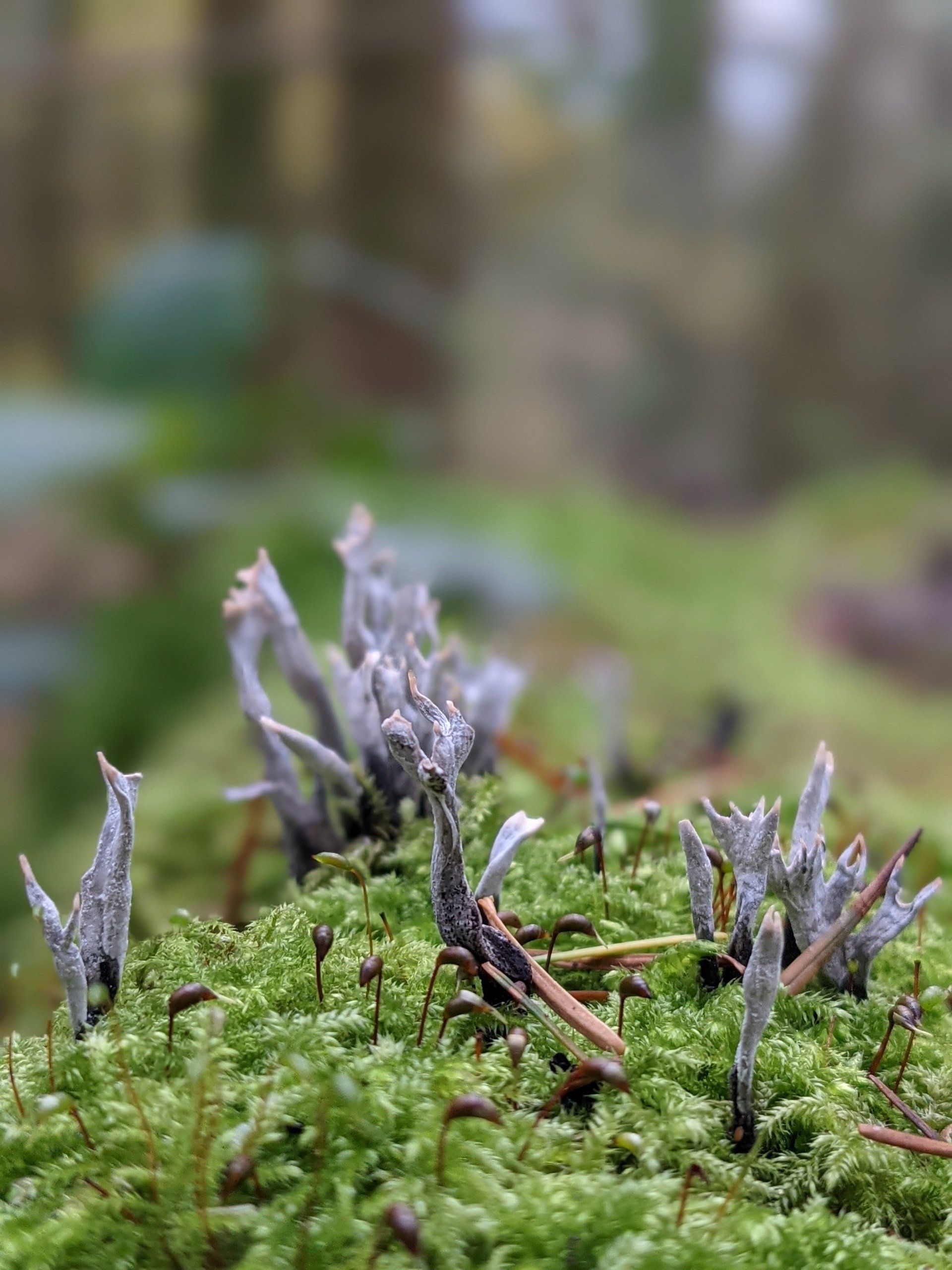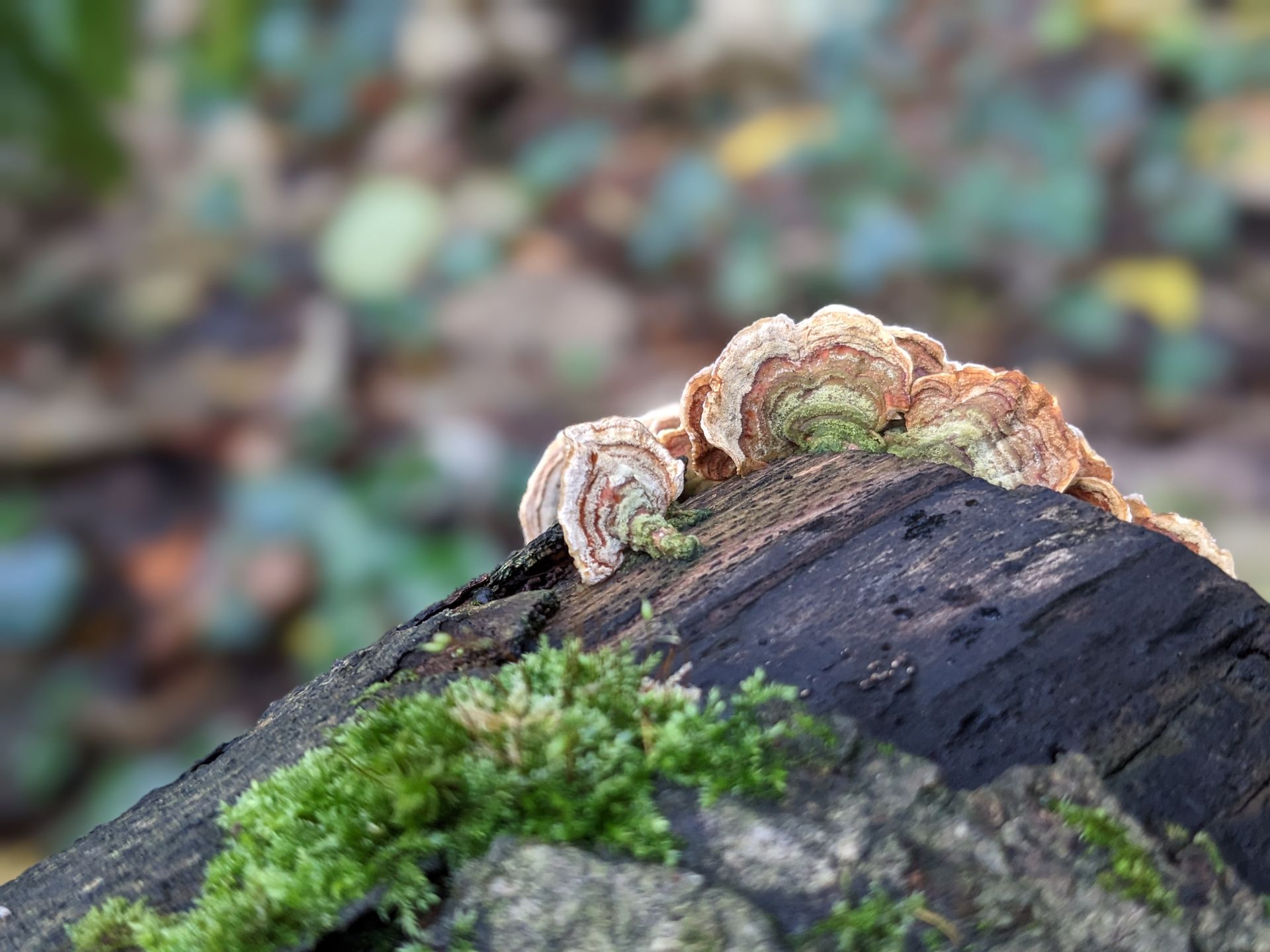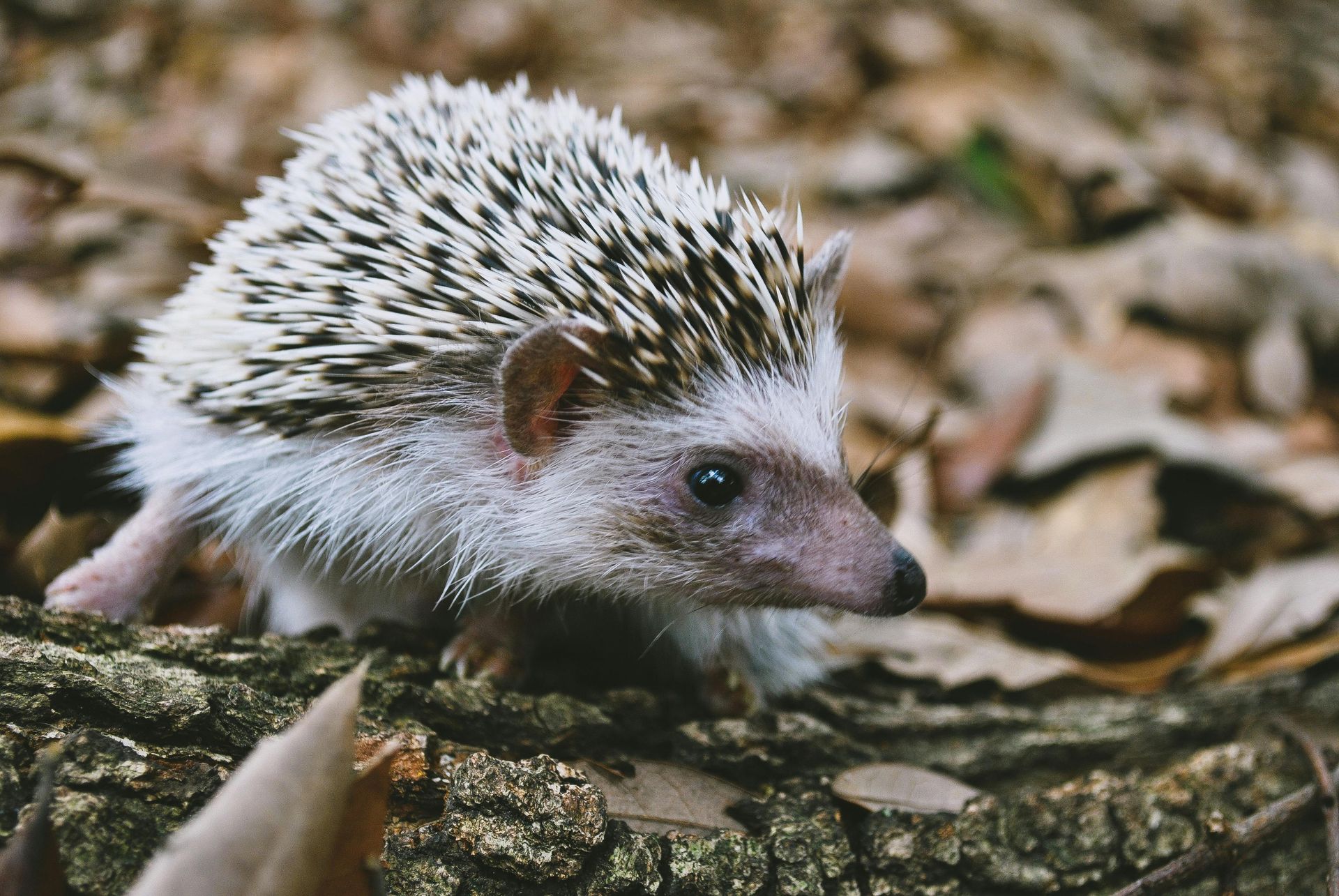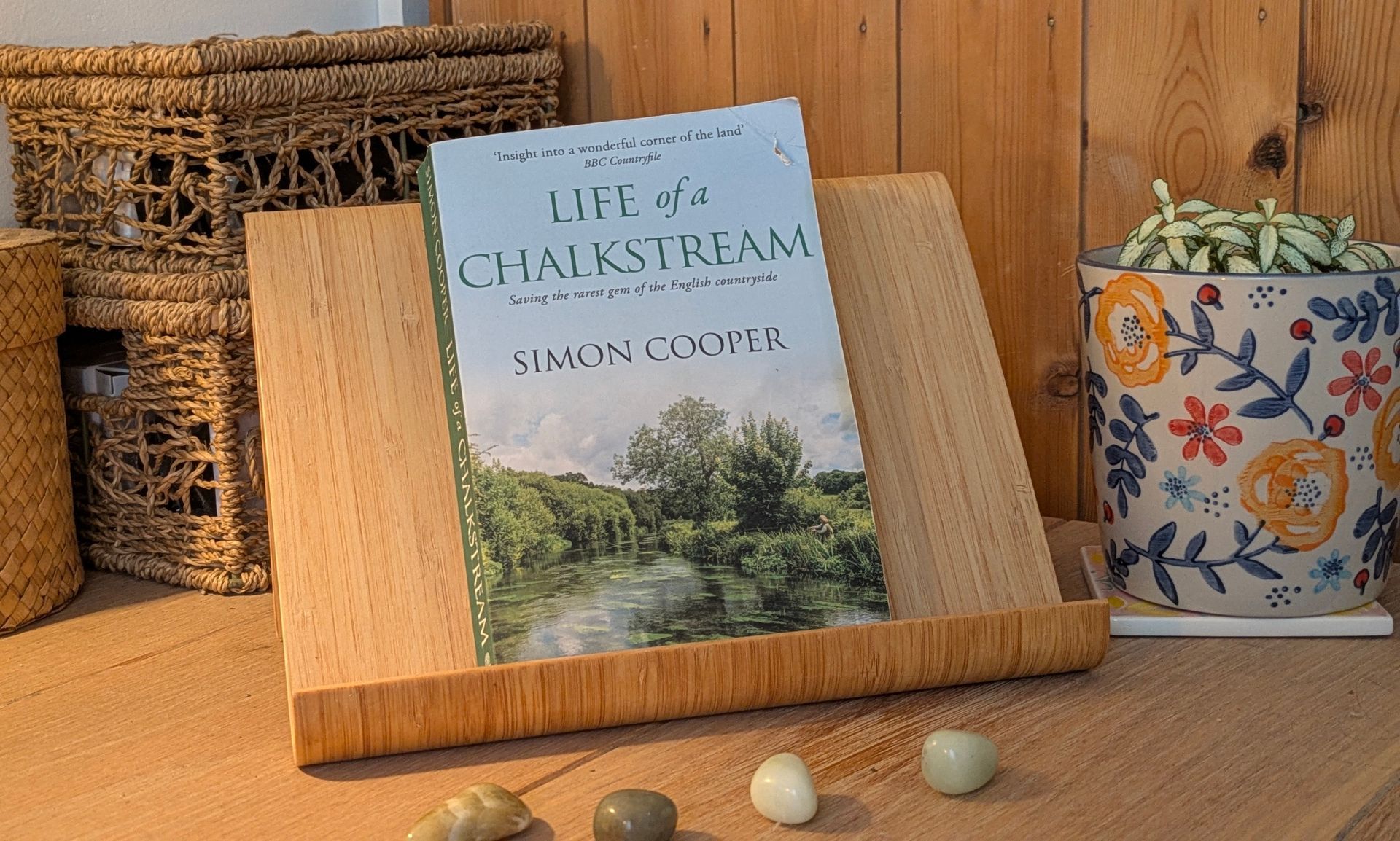A Healing Spice (Mace)
Mace is a colourful, delicate spice with many culinary and healing benefits
A Healing Spice Guide
Mace is the ninth spice to feature in my new Healing Spice Guide.
Mace has a mysterious and rich history centring around global trade. Unlike its more famous counterpart Nutmeg, Mace has a more delicate yet distinctly piquant flavour with subtle hints of Black Pepper, pine, citrus and wood. It makes it an exceptional choice for a variety of dishes, adding a subtle spiciness that is both warming and comforting.
Mace is a delicate, aromatic and versatile spice that grows on the tropical Nutmeg tree (Myristica Fragrans). This fragrant evergreen tree produces two spices from its fruits: Mace and Nutmeg. For this reason, Mace is often called Nutmeg’s sister spice, as they come from the same fruit. Mace can also be considered to be Nutmeg’s protector, due to its tough, bright red, web-like coating (called the
aril) which encases the Nutmeg, shielding it from harm.
Mace is native to the Moluccas Islands or Spice Islands of Indonesia where it is mainly grown. It is also grown in the West Indies, China and Sri Lanka. If the blades of Mace are orangey-red, they tend to be from Indonesia, if they have a more orange-yellow colour, they are more likely to be Grenadian Mace blades.
I hope you enjoy discovering the cleansing and healing benefits of Mace - a wonderful addition to culinary dishes and healing remedies for your general good health, nourishment and wellbeing.

Folklore
Mace was originally traded along the Spice Route and was used as a currency in many parts of the world. It was one of the most valuable spices during the Middle Ages and worth its weight in gold. During the Renaissance period, Mace became popular in Europe when it was used to flavour food and wine.
Mace was frequently mentioned in the oldest scriptures of Hinduism in India, the Vedas, composed between 1500 and 1000 BCE. It was particularly treasured during the Age of Exploration, when European colonialists battled fiercely for control of the remote Banda Islands in present-day Indonesia which the world's only source of Nutmeg and Mace at the time.
The fine flavour of Mace together with its vibrant colour made it more valuable in some markets as it was used in perfumes, liqueurs and royal kitchens. When ground, Mace becomes a versatile spice that balances its floral sweetness with just enough spice to elevate food without being overpowering.

Nutrition
Mace is rich in antioxidants and has some potential health benefits such as anti-inflammatory and anti-microbial properties. Mace contains high levels of some essential oils, vitamins, and minerals (more than its sister spice, Nutmeg) including vitamin A, calcium and iron.
The health benefits of Mace also known as Javitri are numerous. It is a powerhouse, rich in nutrients that can help with digestion, heart health, stress reduction and immunity improvement.
Mace is the perfect spice to add to soups, stews and curries. It can be used in baking or added to your green tea or coffee in the morning.
Mace can also be inhaled to have a refreshing day break’s fragrance.
Remedies
Mace extraction has been employed in Chinese and Indian traditional medicines for the treatment of illnesses related to the nervous and digestive systems.
The compounds in Mace such as myristicin and elemicin have been found to have soothing as well as stimulant properties on the brain.
Mace Essential Oil contain eugenol, which has been used in dentistry for toothache relief.
A few drops of Mace Essential Oil in a natural oil carrier can be used as a local massage to reduce muscular pain and rheumatic pain of joints.
A freshly prepared Mace-decoction, made by simmering a mixture of water and Mace with honey added for flavour, has been employed to get relief from nausea, gastritis and indigestion ailments.

Recipes
Mace pairs well with tart berries and honey-sweet stone fruits or sweetened potato or pumpkin pie (see below). Add a teaspoon of freshly-ground Mace into a crumble or crisp topping to give a bit of an edge to Cinnamon and brown sugar.
You can add a teaspoon of freshly ground Mace to carrot cake batter, quickbread dough or pie fillings to bring out the flavour of roasted root vegetables, soups and squash dishes.
Sweet Pumpkin Pie with Nutmeg and Mace
You will need a large round baking dish lined with sweetened short-crust pastry which is pre-baked for about 15 mins in a preheated oven at 425°F, 220°C or Gas Mark 7. Remove baking beans and parchment paper (if used) and bake for a further 5 minutes to dry out the pastry base. Allow to cool and then put in the fridge while you make your pie mixture as follows:
- 1 ½ cups x peeled, cooked and mashed fresh Pumpkin
- 3 x organic fresh Eggs
- 1 ½ cups x fresh organic Double Cream
- ¾ cup x Soft Brown Sugar
- ½ tsp x Sea Salt
- 1 tsp x Dried Mace
- ½ tsp x Ground Nutmeg
- ½ tsp x Ground Ginger
- Mix everything in a large bowl to combine the cooked and mashed pumpkin with the eggs, cream, sugar, salt and spices. Blend well.
- Remove the pastry dish from the fridge and pour in the pumpkin mixture. Level out with a palette knife.
- Bake in a hot oven (see above) for about 15 minutes.
- Reduce oven temperature to 350°F, 180°C or Gas Mark 4 and bake for another 50-65 minutes.
- Take out of the oven when you can insert a knife into the centre and it comes out clean.
- Chill before serving with a generous spoonful of fresh cream dusted with a fine coating of Ground Nutmeg.
.
This delicious and heart-warming pie will serve 8-12 people depending on portion size - Happy Halloween!
I hope you enjoy this ongoing series of posts about the healing and health benefits of spices that make a healthy and flavoursome addition to many a warming recipe or herbal tea.
Thank you for joining me on this exciting journey of discovery and I look forward to seeing you again soon.
Sue Cartwright
Spiral Leaf
Thank you for sharing!
for you, for me and for Mother Nature
Latest Posts
All Posts

